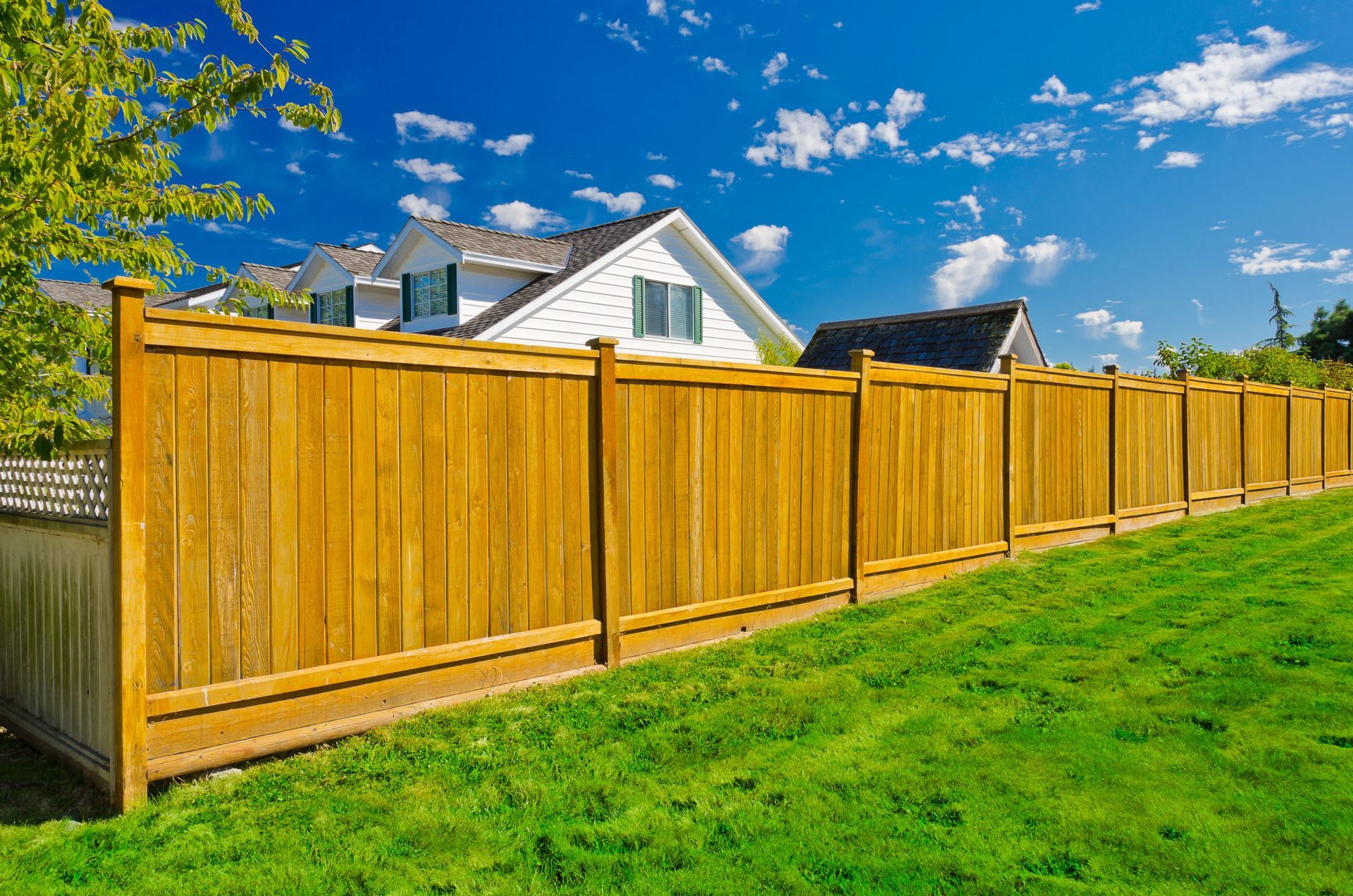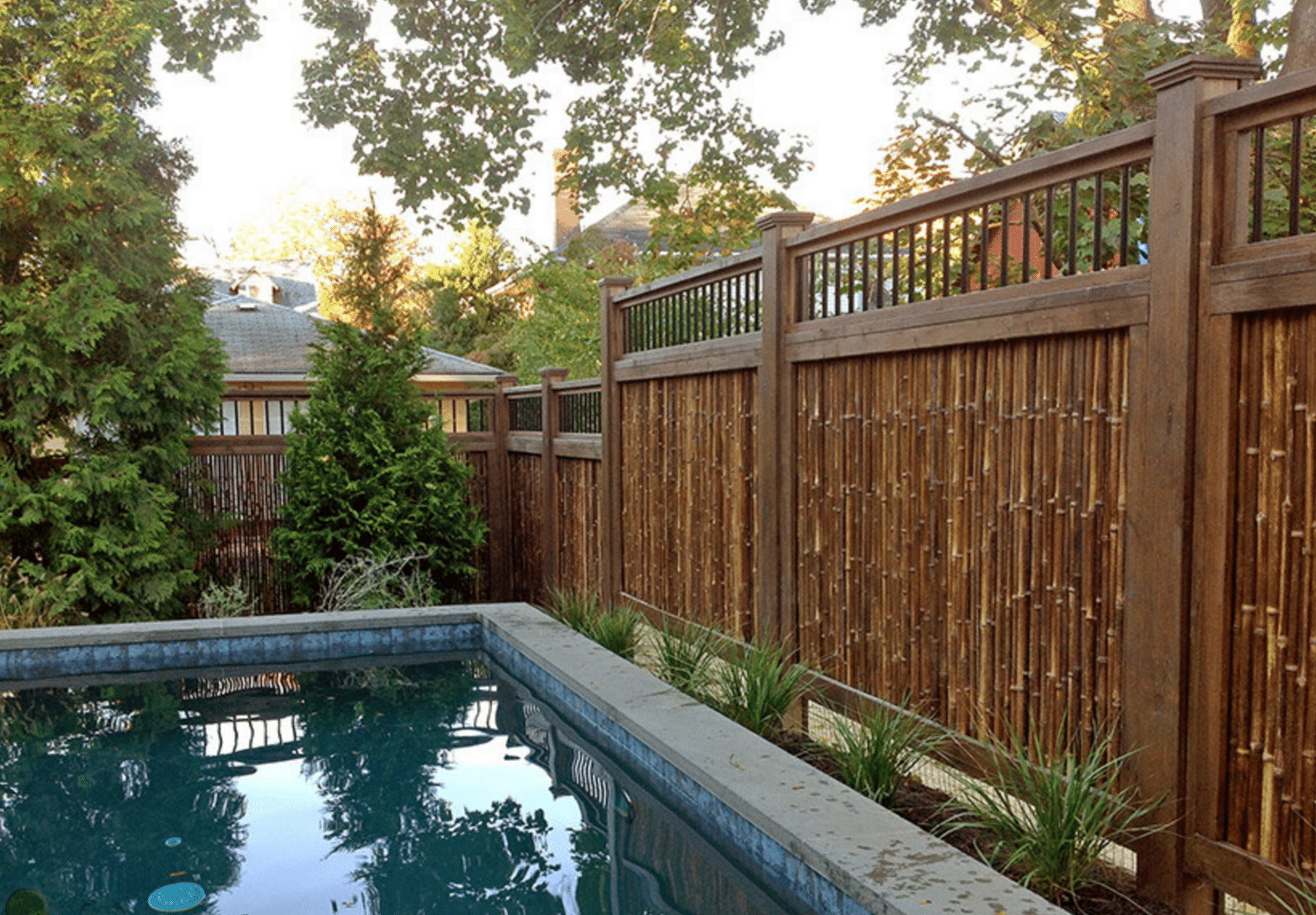All Categories
Featured

A wooden fence can be an appealing addition to your home, providing both privacy and curb allure. However, to keep its beauty and capability, it requires normal upkeep, specifically when it pertains to painting or discoloration. Whether you choose the timeless appearance of paint or the all-natural appearance of a tarnish, these coatings protect your wood fencing from the components and expand its lifespan. How frequently should you paint or discolor your wooden fencing? Allow's discover the aspects that affect this choice and assist you produce an upkeep plan.
Factors That Impact Painting and Staining Frequency. The regularity at which you require to paint or tarnish your fence is influenced by several elements, including your climate, the type of timber, and the coating you select. Understanding these factors can aid you set an extra exact routine for your fence's maintenance.
- Environment and Weather Condition Conditions. The regional weather in your area will have a considerable effect on exactly how promptly your fencing requires interest. In areas with severe climate, the fence will experience more damage, requiring even more regular maintenance.
Hot, Sunny Climates: Direct sunlight can trigger timber to dry and come to be fragile, causing cracking and fading. If your fence is subjected to intense sunlight, you may require to paint or restain every 2 to 3 years to preserve its appearance and secure it from UV damages. Rain and Humidity: Areas with frequent rainfall or high moisture can bring about moisture seeping right into the wood. This can trigger the wood to swell, rot, or develop mold and mildew and mildew. In such climates, staining or paint every 1 to 2 years is typically required to maintain the wood secured and safeguarded. Cold, Cold Temperatures: If your fence is exposed to freezing temperatures, the wood may contract and broaden with the adjustments in temperature. This can cause the paint or stain to peel off and break. In chilly environments, fencings generally require to be painted or restained every 3 to 5 years. 2. Sort of Timber. The kind of timber your fencing is made from will certainly affect exactly how often it requires painting or discoloration. Different woods react differently to weather, moisture, and UV rays.
Cedar and Redwood: These woods are normally resistant to decay and insect damages, making them extra long lasting than various other woods. They might still need staining every 2 to 3 years to keep their color and secure them from the sunlight's extreme rays. Pine and Fir: Softwoods like ache and fir are much more vulnerable to soaking up dampness and fading over time. You might require to stain or paint these woods more frequently-- concerning every 1 to 2 years-- to protect against water damage and keep them looking fresh. Pressure-Treated Timber: Pressure-treated wood stands up to rot and pest damages however can still take in dampness. It's suggested to apply a tarnish or sealant every 2 to 3 years to maintain the timber secured. 3. Tarnish vs. paint. The type of surface you pick for your fencing-- paint or discolor-- impacts exactly how frequently you will require to touch it up.

Paint: Repaint kinds a thick, protective layer externally of the wood. It's proficient at shutting out UV rays and dampness, however in time it can peel, fracture, or discolor. Usually, a painted fence needs to be repainted every 3 to 5 years, relying on direct exposure to the elements. Discolor: Stain soaks right into the timber, supplying an extra all-natural look while still using security from moisture and UV rays. Discolor generally requires to be reapplied every 2 to 3 years, as it has a tendency to fade faster than paint, especially when exposed to guide sunlight. 4. Signs Your Fence Needs a Fresh Coat. Even if you don't follow a set timeline for painting or staining, it is necessary to look for indications that suggest when your fence needs focus. Seek these common indicators:
Discoloring or Staining: If your fencing is shedding its color or has actually transformed grey, it may be time to apply a fresh layer of tarnish or paint to restore its appearance. Peeling off or Fracturing: If the paint or discolor is peeling or breaking, your fence is no longer completely secured, and water may have the ability to leak into the timber. This can lead to rot or mold. Water Soaking In: You can do a straightforward water test by spraying some water on your fencing. If the water grains up, the coating is still functioning. If it soaks in, it's time to repaint or restain. 5. Correct Maintenance for Longevity. To extend the life of your fence and ensure the very best results, take some time to prepare the surface prior to using paint or stain. Clean the fence extensively, getting rid of dust, debris, mold, and mold. Fix any type of fractures or damages to the timber before starting the discoloration or paint process.
Pick a completely dry, light day for using your coating. Avoid doing this on incredibly hot, cold, or moist days, as it can stain or cause the paint to dry too quickly, leaving streaks or an unequal coating. Adhere to the supplier's guidelines for the finest application strategies, and always allow the timber to completely dry totally in between coats.
Final thought. Generally, a wooden fence must be repainted or stained every 2 to 3 years, though the regularity can differ relying on your climate, the kind of wood, and whether the fencing is painted or tarnished. Regular upkeep aids protect the timber from damage brought on by dampness, sunlight, and rainfall, guaranteeing your fence stays strong, functional, and eye-catching. By remaining on top of fence treatment, you can appreciate its appeal for several years ahead, without the worry of early deterioration.
Latest Posts
Real-World Fencing Installations by Washington Fence
Published Feb 23, 25
1 min read
Transform Your Bathroom with Bath Fitter Metro Detroit
Published Feb 23, 25
1 min read
Enhance Your Residential or Commercial Space with Expert Fencing
Published Feb 21, 25
1 min read